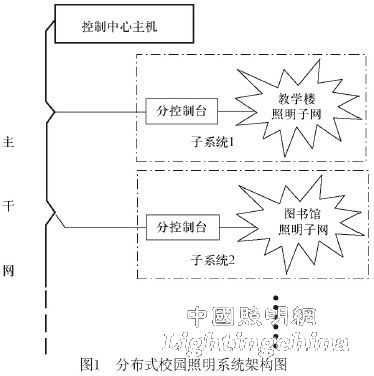0 Preface In the second half of the 1990s, white LEDs attracted great attention from the industry, and the concept of semiconductor lighting came into being. The so-called semiconductor lighting is a kind of solid-state lighting based on the new light source of semiconductor LED. Under the same illumination, the power consumption and life of LED lamp have obvious advantages over incandescent lamp and fluorescent lamp, so it is a typical green illumination. Based on the high performance, long life, safety and environmental protection of LED light source, China has established a “National Semiconductor Lighting Project†across 2003, across regions and industries. The development of the semiconductor lighting industry will further expand the LED application market. In the future, semiconductor light sources will be everywhere, LED will lead the new trend in the 21st century lighting field. With the popularization of high-power LED lighting applications, the demand for efficient control and diversification of LED lighting has been increasing, and LED intelligent lighting systems have emerged. LED intelligent lighting system makes full use of electronic technology, communication technology and computer network technology to connect various LED lighting fixtures in buildings. It is an energy-saving safe light source, automatic human body induction detection, modern digital control technology and network. A technology-integrated control system that enables effective management. 1 Analysis of the current situation of campus lighting At present, most of the lighting control of campus buildings adopts manual switches. For some places with long lighting time and many lighting equipment, such as school buildings and libraries, the use of lighting systems is often seen. Due to the lack of scientific management, there is often a phenomenon that the lamps are not switched on and off in time. Sometimes, when the environment is working properly and the indoors are empty at night, the classrooms of the teaching building are also brightly lit, resulting in a large amount of energy waste and inconvenience in use. In addition, unnecessary use will also shorten the life of the luminaire. Therefore, in combination with the development trend of the lighting industry and the status quo of campus lighting, it is necessary to study an LED lighting intelligent control system suitable for college campuses. 2 Campus intelligent control system architecture design with LED lighting From the analysis of college campus environment, campus lighting is mainly divided into indoor lighting and outdoor lighting. The indoor lighting control area includes teaching buildings, apartments, administrative centers, information centers, libraries, indoor swimming pools, etc. Outdoor lighting includes campus roads, stadiums and park landscapes. To intelligently manage and control the LED luminaires of the entire campus, it is necessary to adopt an advanced and mature control system. The control system not only has a multi-level management platform, but also can monitor the luminaires of the entire system, and requires a reliable system, easy operation and convenience. Line maintenance. Due to the diversity of campus architecture and lighting methods, and the rush of time, this design will focus on the lighting of classroom lighting and campus landscape lighting. 1) System network design The campus LED intelligent lighting control system adopts the bus modular system structure. Each system equipment is equipped with independent CPU and memory, that is, a subsystem module fails, but the function related to the module fails, without affecting other subsystem modules of the network. Normal operation not only facilitates rapid fault location, but also improves the fault tolerance level of the lighting control system. The system adopts the structure of the tree backbone network subnet to form a distributed campus lighting control network. Each subsystem is connected to the backbone network through the network function of the ARM chip of the core component of the console. The system architecture is shown in Figure 1. The system provides an open communication protocol, which can design the number of subnets according to the equipment configuration of the campus. It can meet the control requirements and reduce the fault surface. The network scale can be flexibly expanded with the system size.
